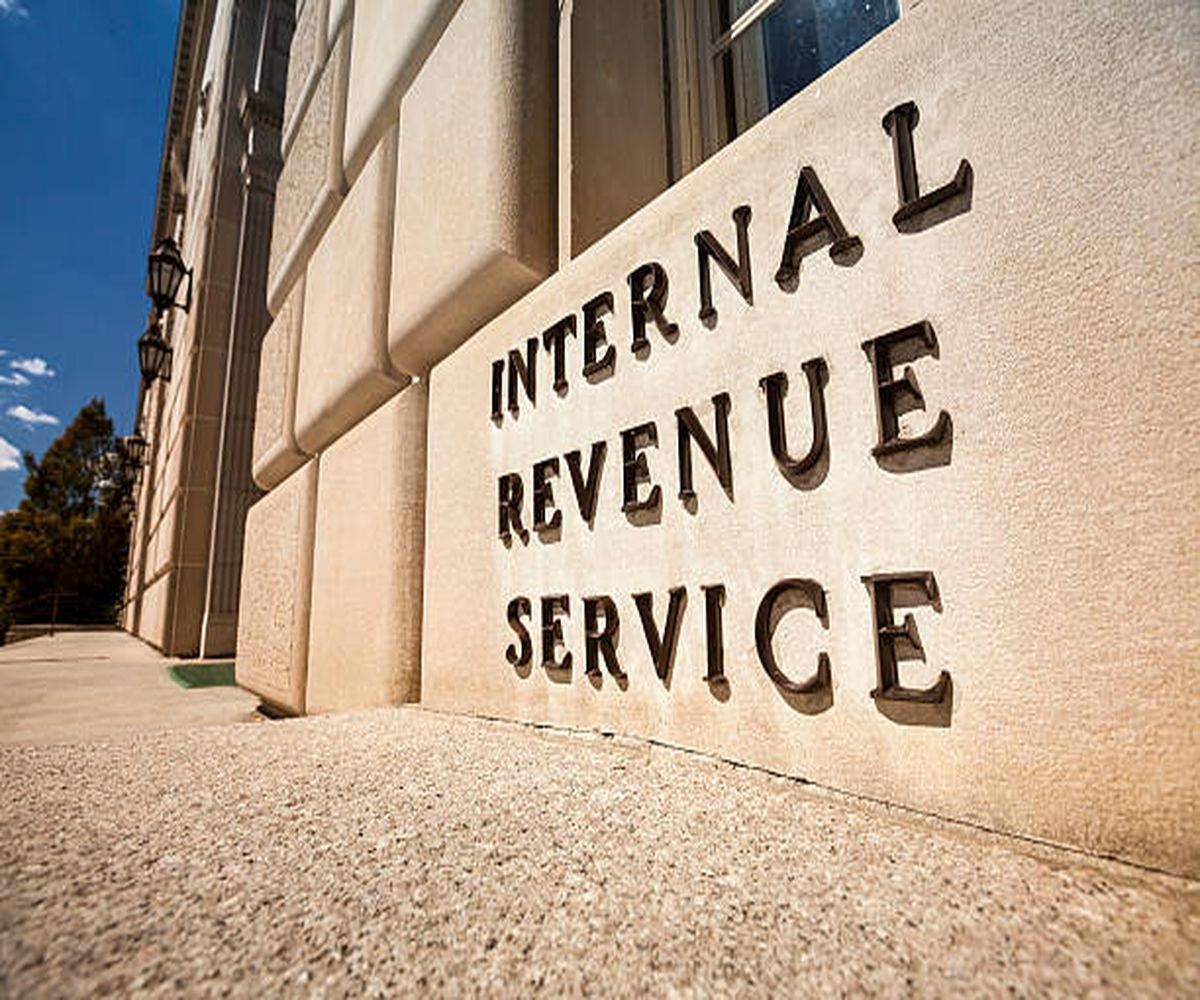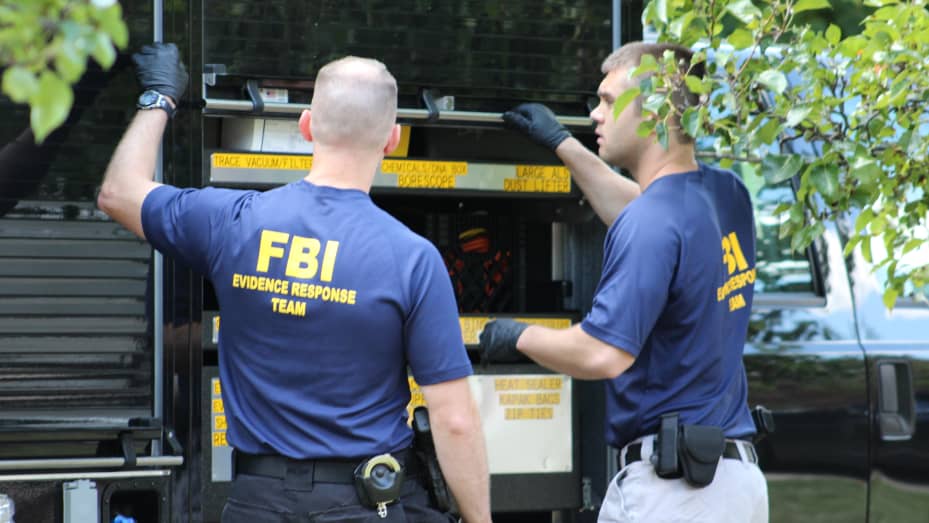In November 2020, the U.S. Justice Department sent ripples in the digital world when it announced crypto seizures of about 70,000 bitcoins from a person the agency identified as “Individual X.” Later, clues emerged pointing to the person who might have owned the stash that is worth more than $3.2 billion currently.
Based on court filings in the forfeiture case, those proceedings were related to criminal cases that featured two corrupt federal agents: Carl Mark Force IV, previously of the Drug Enforcement Administration; and Shaun Bridges, who worked for the Secret Service.
Both of them were investigators in a case that involved Silk Road, an online drug bazaar, but both of them went to prison for engaging in crime sprees of their own involving robbery and extortion.
hmm I personally wouldn't read much into fact the "Individual X" case was reassigned to Seeborg, who declared the cases related to Bridges & Force. Cases get related all the time & here the hack/theft was from SR hence "related" so could be nothing more than that
— Kathryn Haun (@katie_haun) February 8, 2021
That is one of the many crypto seizures that the IRS has executed in recent years. In this fiscal year that ends on September 30, the regulator has seized over $1.2 billion worth of cryptocurrency. The US government casually auctioned off some spare bitcoin, litecoin, and bitcoin cash in June 2021.
Lot 4TQSCI21402001, one of 11 on offer during the 4-day auction, featured 0.00022893 bitcoin cash and 150.22567153 litecoin, worth over $22,000 at current prices. This crypto property was confiscated as part of a tax noncompliance case.
This type of sale is not new for the US authorities. For many years, the government has been involved in crypto seizures, stockpiling, and sell-offs, together with the normal assets that one would expect from different high-profile criminal thwarting operations. Jarod Koopman, the director of the IRS’ cybercrime unit, explained:
“It could be 10 boats, 12 cars, and then one of the lots is X number of bitcoin being auctioned.”
Koopman’s team of agents does not fit into the normal mold. They are all sworn law enforcement agents carrying badges and weapons. They execute search, arrest, and seizure warrants and in some cases, they bring back huge amounts of crypto cash. Koopman told CNBC:
“In the fiscal year 2019, we had about $700,000 worth of crypto seizures. In 2020, it was up to $137 million. And so far in 2021, we’re at $1.2 billion.”
With cybercrime on the rise and the haul of digital tokens picks up, government crypto seizures are expected to surge further. For now, the US seems to have no plans to back down from its new side hustle as a crypto broker. Cryptocurrency seizures and sale operations are increasing rapidly and the government recently enlisted assistance from the private industry to manage the sale, auction, and storage of hoarded crypto tokens.
The Silk Road Takedown
The 2013 takedown of Silk Road is the point where federal agents managed to cut their teeth in crypto searches and seizures. Silk Road is a now-defunct online black market for all illegal things ranging from firearms to heroin.
Sharon Cohen Levin who worked on the first Silk Road prosecution and spent 20 years as the lead of the money laundering and asset forfeiture unit in the U.S. Attorney’s Office for the Southern District of New York said that it was unprecedented.
Silk Road operated on the dark web and it dealt wholly in bitcoin. That was perfect for the users who were promised some level of anonymity. Despite that reputational hit, it was great for bitcoin at the time, which pumped up the market prices offering the token a use case far and beyond the programming circles.
When the government decided to start dismantling Silk Road, the agents involved in this operation had to determine what to do with all that illegally acquired bitcoin. Levin highlighted:
“There was a wallet with approximately 30,000 bitcoin in it, which we were able to identify and seize. At the time, it was probably the largest bitcoin seizure ever, and it sold for around $19 million. No one had ever done anything like it. There weren’t companies that you could go to sell the assets. The Marshals Service stepped up and conducted their auction of the assets where they took bids.”
The bitcoin batch was acquired by billionaire venture capitalist Tim Draper.
“It seemed like a large sum of money at the time, but if the government had retained those bitcoins, it would be worth way more today.”
Those coins sold in 2014 would be worth over $1.1 billion on August 4, 2021. However, the government is not in the business of speculating the crypto markets.
But, this exercise managed to set up a workflow that is still functional today. It uses legacy crime-fighting rails to track and seize cryptos, which were initially designed to evade law enforcement. Jud Welle, a former federal cybercrime prosecutor who served for 12.5 years, stated:
“I’ve just observed that the government is usually more than a few steps behind the criminals when it comes to innovation and technology. This is not the kind of thing that would show up in your basic training. But I predict within three to five years … there will be manuals edited and updated with, ‘This is how you approach crypto tracing,’ ‘This is how you approach crypto seizure.’”
″‘Follow the money’ is not new. The seizure is not new. What we’re just doing is trying to find a way to apply these tools and techniques to a new fact pattern, a new use case.”
The government seized $1 billion worth of bitcoin in November 2020 linked to Silk Road. Since that case is still pending, the bitcoins are still stored in a crypto wallet somewhere. If the government sold the BTC stake when prices surged above $63,000 in April, the amount of money acquired would have been much more than what can be acquired if the bitcoins were liquidated at today’s price.
Chain Of Crypto Seizures And Custody
There are three key moments in the flow of bitcoin and other cryptos via the criminal justice system in the United States. The first is the search and seizure of the cryptos. The second step is the liquidation of the raided digital assets. Then, the final step features the deployment of the proceeds from the crypto sales.
Koopman said that the first stage is a process that involves group efforts. He mentioned that his team works on joint investigations together with several other government agencies including Homeland Security, the Drug Enforcement Agency, the Federal Bureau of Investigation, the Secret Service, and the Bureau of Alcohol, Tobacco, Firearms, and Explosives.
After working on the two Silk Road cases and the 2017 AlphaBay investigation that resulted in the shut down of another massive dark web marketplace, Koopman said:
“A lot of cases, especially in the cyber arena, become … joint investigations because no one agency can do it all.”
He said that his unit at the IRS normally handles cryptocurrency tracing and open-source intelligence. They investigate tax evasion, false tax returns, and money laundering. The other agencies that have more resources and money focus on the technical components. He added:
“Then we all come together when it’s time to execute any type of enforcement action, whether that’s an arrest, a seizure, or a search warrant. And that could be nationally or globally.”
Many agents are involved in the seizure process to guarantee proper oversight. The managers establish the required hardware wallets to secure all the seized cryptocurrency. Koopman stated:
“We maintain private keys only in headquarters so that it can’t be tampered with.”
The U.S. Marshals Service is responsible for auctioning off the government’s crypto seizures once the case is closed. Today, it has seized and auctioned over 185,000 bitcoins worth around $7 billion at the current prices. But, most of these coins were sold in batches way below the current market prices.
That is a huge responsibility for one government entity to take on alone. Earlier this year, the U.S. General Services Administration added confiscated cryptos to the auction block to help the Marshals Service. The U.S. General Services Administration is an agency that normally auctions the surplus federal assets including tractors.
In the last week of July, the Department of Justice hired San Francisco-based Anchorage Digital to act as its custodian for the crypto seized or even forfeited in the criminal cases. Anchorage is now the first federally chartered crypto bank and it will help the government liquidate and store all seized digital property. Previously, this contract had been awarded to BitGo. Levin said:
“The fact that the Marshals Service is getting professionals to help them is a good sign that this is here to stay.”
The auctioning off of cryptos in blocks at fair market value is not expected to change any time soon, according to Koopman. He mentioned:
“You get in line to auction it off. We don’t ever want to flood the market with a tremendous amount, which then could affect the pricing component.”
The government only spaces out sales and does not ‘time’ the market to sell at peak prices since it does not engage in playing the market.
Where Does The Money From These Auctions Go?
The feds divide the money after a case is concluded and the crypto is liquidated for fiat currency. The acquired money is normally deposited into the Department of Justice Assets Forfeiture Fund or The Treasury Forfeiture Fund. Levin commented:
“The underlying investigative agency determines which fund the money goes to.”
According to Koopman, the cryptocurrency that is traced and seized by his agents accounts for a staggering 60%-70% of the Treasury Forfeiture Fund, which undoubtedly makes it the biggest individual contributor to the fund. After the money is placed in one of the two funds, the money can be put forward to various line items. For instance, Congress can rescind the money and put that money toward funding projects. Koopman also said:
“Agencies can put in requests to gain access to some of that money for the funding of operations. We’re able to put in a request and say, ‘We’re looking for additional licenses or additional gear,’ and then that’s reviewed by the Executive Office of Treasury.”
Sometimes, Koopman’s team gets different amounts according to their proposed initiatives. Other years they get nothing when Congress rescinds all the money out of the account. But, tracking where all the money goes is not an easy process.
The Justice Department hosts Forfeiture.gov offering some highlights on the current seizure operations. For instance, this document outlines a case that came up in May 2021 where 1.04430259 bitcoin was seized from a hardware wallet that was owned by a Kansas resident. Another 10 BTCs were taken from a Texas resident in April. However, it is not clear whether the site publishes a comprehensive list of all the active and closed cases.
Lakatos said:
“I don’t believe there’s any one place that has all the crypto that the U.S. Marshals are holding, let alone the different states that may have forfeited crypto. It’s very much a hodgepodge. I don’t even know if someone in the government wanted to get their arms around it, how they would go about doing it.”
For now, there is no central database of crypto seizures. But, more of these seizure cases are being put out in public. For example the case of the FBI’s breach of a bitcoin wallet that is held by the Colonial Pipeline hackers earlier this spring. Welle concluded:
“In my experience, folks that are in these positions in high levels of government may be there for a short period, and they want to get some wins under their belt. This is the kind of thing that captures the attention of journalists, cybersecurity experts, right, a lot of chatter around it.”
Many agencies have seized cryptos over the years, making the state of affairs somehow confusing. The conspicuous absence of traceability for the government’s bitcoin stash has severe impacts on the general bitcoin ecosystem since it means that it is challenging to determine ownership of the crypto, which is based primarily on transparency principles.










